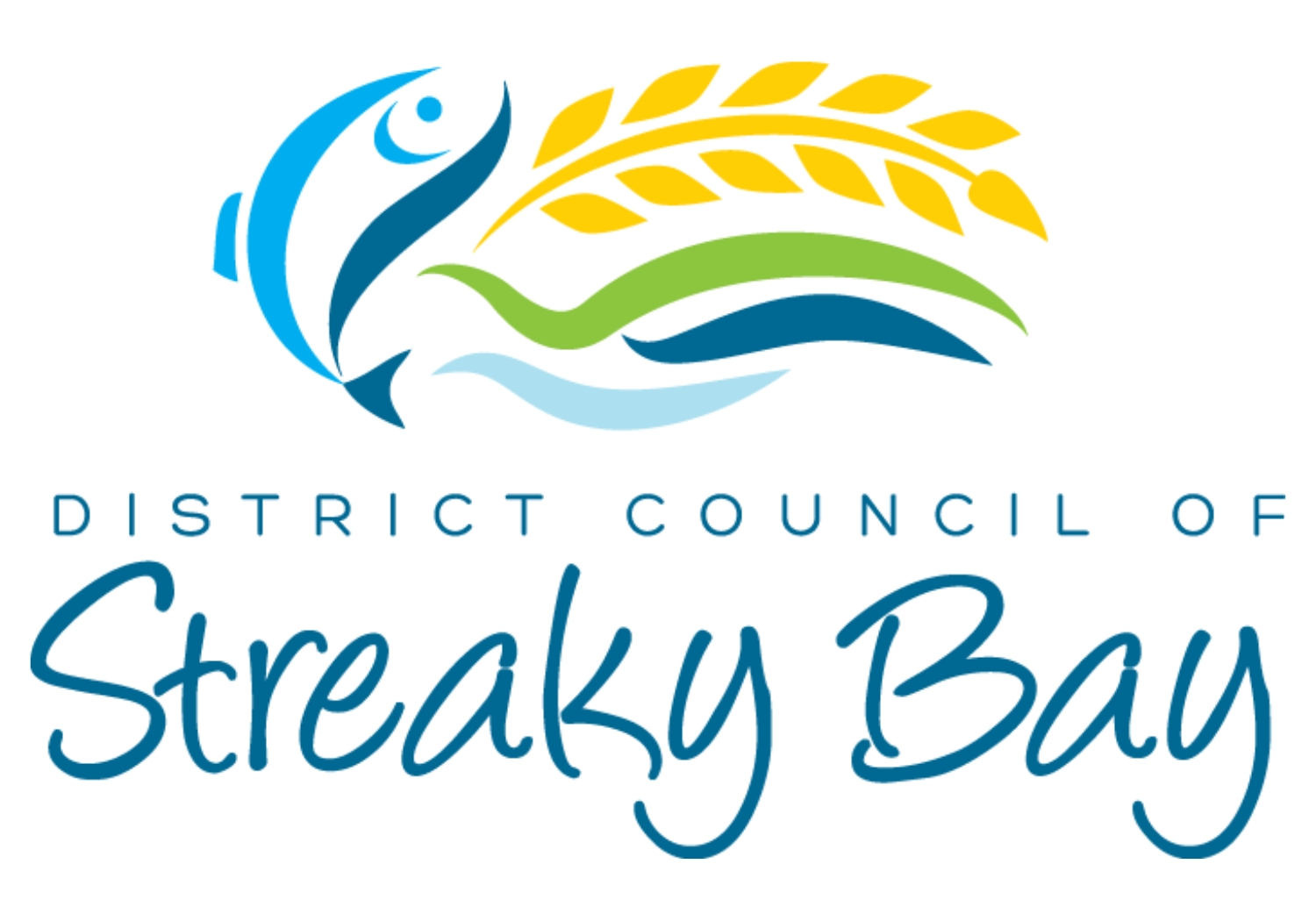Lawn Scarifying
Why have the lawns turned brown?
To ensure the health of the lawns, we have to scarify them every now and then. As part of the scarifying process, they will go brown for a period of three to six weeks.
What is lawn scarification?
Lawn scarification is the process used to remove excessive amounts of thatch from a lawn and is an important part of lawn care and maintenance. Scarifying is done using a mechanical lawn scarifier which have adjustable rotating steel blades to cut the thatch out without destroying the healthy grass. In some cases, they can even penetrate the soil below the surface to improve aeration and the quality of the grass roots.
Why scarify a lawn?
Scarification is necessary when thatch in the lawn becomes excessive and begins to damage the grass. Too much thatch in a lawn can suffocate rather than protect plants, stopping them getting the necessary light, water and air that they need. In itself thatch isn’t a bad thing – a layer about 0.5-1cm thick is fine – anything thicker will begin to damage the grass and removing the build-up will improve the health of the lawn ultimately making it more resilient.
So, what is thatch?
Thatch occurs naturally but as with many plants, over time old grass leaves and stems die away and are replaced with new ones. As the dead material can be slow to decay it sits in a spongy layer under the green sward of the lawn. Having some thatch under the top surface of the lawn is not necessarily a bad thing as it acts as a protective layer, shielding both soil and grass plants from the elements. In addition, the correct amount can also give the surface of the lawn a firmer, thicker look and feel.
How can I tell if the lawn needs scarifying?
Too much thatch in a lawn will give the grass a spongy feel when you walk on it. You should be able to see a layer 0.5-1cm thick when you look at the sides of the turf – anymore than this is excessive and unhealthy for the lawn.
Why scarify now?
Ideally scarification should be carried out in the late summer and early autumn as this provides better results in terms of recovery. It’s carried out during this period because of the warmth and moisture present in the soil in the autumn will help the lawn to recover more quickly.
What are the time frames for this work to be completed?
The contractor will start on the 20th of March and be here for that entire week. The contractor will start on the RSL lawns before moving to the Eyre Ave (Foreshore Lawn) and Alfred Terrace Lawns (in front of the hotel).
What happens afterwards?
The lawn can look pretty scary, like its dying. Although it can be a bit of a shock at first, the lawn will recover amazingly quickly and look all the better for it. The rate at which the lawn recovers can vary depending on weather conditions and the initial quality of the lawn – we are anticipating three to six weeks (just in time for ANZAC day).
The benefits of lawn scarification include:
- Removes harmful levels of thatch
- Prunes grass roots encouraging growth
- Allows water to reach the soil
- Allows air to reach the sward
- Allows nutrients to reach the grass plants
- Removes moss and dead weeds
- Reduces the likelihood of future moss problems
- Improves the health of the lawn
- Refreshes tired or poor quality lawns
- Good preparation for over-seeding

